How to build great Loyalty programs 🏅
+Starbucks, Lyft & Air France examples
Hi Growth folks 👋 It’s Pierre-Jean there!
I’m a Growth Manager at BlaBlaCar and share every 2 weeks Growth articles, inspired by the world’s leading scale-ups.
We’re now 4,447 so thanks for your support 🫶
If you’re new to the newsletter, here are 3 of the last top articles you missed:
Subscribe to get new posts directly in your inbox 👇
In today’s edition, we’ll talk about Loyalty Programs 🏅
I’ve been researching loyalty programs a lot recently, as I’m currently working on Retention and Frequency topics at BlaBlaCar. And this is a topic I particularly like.
A loyalty program is a marketing strategy to encourage continuous product usage from customers through rewards, incentives, and exclusive benefits.
While having a Loyalty Program is a good old marketing tactic, leveraged for decades by traditional businesses (Bakeries or Barbers for example), this is still a very efficient way to drive Growth through maximizing LTV for digital products.
In this article, we’ll discover:
💵 How to build a great Loyalty Program
💳 The 5 Types of Loyalty Programs
👀 Lyft, Air France, and Starbucks: 3 Loyalty Program examples
How to build a great Loyalty Program
Loyalty programs, when they are properly built, are both beneficial for companies and customers.
For the Company:
Loyalty programs aim at increasing frequency and retention: your customers, by being rewarded, will use your product more and for a longer time.
They increase the LTV (lifetime value) of your customers: you’ll make more money over time.
They’re a lever of personalization, helping to send tailored marketing communications based on product usage.
For the Customer:
Loyalty programs help your power users receive rewards and incentives, allowing them to access benefits other users don’t have.
They give access to a tailored product experience.
But to unlock those benefits, it’s key to provide the right incentive, to the right audience, with an adequate level of personalization.
1# The right incentive 💵
Your incentive should be aligned with your core product value, rewarding customers for their usage.
Incentives can take many formats: cash, coins in a wallet, or subscriptions offered are financial incentives that can be great rewards. But other non-direct financial incentives, like early access to new products, invitations to events, or benefits with partners can also be leveraged.
In any case, the incentive should align with your customer’s needs and experience level.
2# For the right audience 🎯
Loyalty programs are by design built to reward people using your product. However, not everyone has the same experience level and depth of usage. So to have a great loyalty program, it’s key to properly define the audience you target:
Is your program designed only to reward your most loyal users?
Or is it a program aiming at targeting new users, to turn them into experienced users?
That means having a well-defined segmentation of your user base is a prerequisite for a great loyalty program. This segmentation will allow us to define the right objectives for the program and propose the right incentive.
3# With the adequate level of personalization 💌
Depending on your audience and incentive type, the objective of the program, as well as the potential incentive, will vary.
The level of incentive and the communications associated with a loyalty program should be different depending on the user’s experience level. Using personalization, depending on users’ needs and experience, ensures you propose the best experience to each segment.
→ This equation is capital to ensure your Loyalty Program is properly tailored to your product and customers. Don’t try to copy something that works for another company, without having your specificities in mind.
The 5 Types of Loyalty Programs
We can differentiate loyalty programs based on how they work and the type of incentive used to reward customers.
Point/Coin-Based Program
Customers earn points or coins by completing purchases or certain actions linked to the core product value. These points can be traded for discounts, freebies, or special treats. Those points can be stored in a wallet, serving as a technical enabler for customers to store their points or coins.
This program leverages gamification, which is a proven way to increase frequency and retention.
Tiered Program
Customers climb up tiers based on their engagement or spending. The higher the tier they’re in, the better the incentives and rewards they unlock are.
The tier can be named Bronze, Gold, and Platinium for example, or more personalized to your specific universe.
This program uses gamification mechanisms too, making people feel proud when they enter a new tier and benefit from better rewards.
Paid Memberships Program
Customers pay a fee to join an exclusive members-only club. In return, they get special perks, like free shipping, members-only discounts, or first dibs on new products.
This program has the advantage of generating directly extra revenue, thanks to the subscription earnings. But this also limits the loyalty program to only paying customers.
Value-Based Program
Every purchase or action can contribute to something bigger, like planting trees or donating to charity. Customers aren't just buying; they're making a difference.
This program leverages a strong feeling of purpose.
It's perfect for brands with a strong ethical stance and customers who want to shop by taking into account social and environmental effects.
Partners Program
Customers earn points or discounts across different brands linked to your product ecosystem. This has the advantage of potentially offering a wide choice of brands you can get rewards on, capitalizing on the versatility and flexibility of incentives.
Lyft, Air France and Starbucks: 3 Loyalty Program Examples
🚘 Lyft Rewards for drivers
Lyft is the main competitor of Uber in the US. They have a loyalty program called “Lyft Rewards” for both drivers and passengers, but let’s focus on drivers here.
Type of Program: Tiered System with 4 tiers → Silver, Gold, Platinium, Elite.
How does it work?
Drivers earn points by driving during “Busy hours” (vary depending on the country).
Depending on their driving score and their amount of points, they access one of the 4 different tiers of the program.
They can then spend their points to access rewards.
Incentives type: Lyft has decided to mix both financial (cashback) and non-financial (premium features, partners offers) incentives.
Cashback on Gas
Access to premium customer support (24/7 assistance, phone)
Access to premium product features (premium airports pickups, early access to scheduled rides)
Savings on partners’ offers
Why is it an interesting Loyalty Program?
For Lyft Drivers:
The complete panel of rewards, aiming both at helping drivers’ earn more (eg. premium airports pickups) and make more savings on their costs (eg. cashback on Gas), while bringing extra care (24/7 assistance).
The tiered system, introducing gamification mechanisms and where the incentive amount/percentage increase when going to an upper tier.
For Lyft as a company:
Pushing drivers to be active during “Busy hours” helps Lyft having a consequent Supply liquidity when demand is at its peak, reducing waiting time and providing a great experience for passengers.
🛩️ Air France-KLM Flying Blue
Air France-KLM is a group composed of 2 of the main European airlines. They have an iconic loyalty program known by every French traveler called “Flying Blue”.
Type of Program: Tiered System with 4 tiers → Explorer, Silver, Gold, and Platinum (very similar to Lyft system).
How does it work?
Members earn “miles” based on the distance flown, ticket fare, and class.
The program also extends to partner airlines and non-flight activities like hotel stays, car rentals, and daily purchases through partner companies.
Incentive type: Miles
Miles can be compared to coins - a digital currency to use in the Air France-KLM ecosystem.
Why is it an interesting Loyalty Program?
For Air France - KLM passengers:
The more you fly, the more your earn miles. Those miles help you pay your next flights seats or options cheaper or free.
Miles can also be used through a partner network, making the rewards more diverse.
For Air France - KLM as a company:
With “Miles”, customers are locked into the Air France - KLM universe, making them think twice when looking to buy a plane ticket with another airline. This is a wonderful way to boost LTV.
☕️ Starbucks Rewards
Starbucks has a simple but efficient Loyalty Program, which is a great example of how you can lock people in your brand ecosystem. It’s an example very close in some aspects to the Flying Blue program.
Type of Program: Point-based program
How does it work?
The more members spend in Starbucks, the more “Stars” they earn.
They can redeem stars for free drinks, food items, and merchandise. The redemption rate varies depending on the item (e.g., fewer Stars are needed for a coffee than a sandwich).
Incentives type: Stars
Stars are an internal currency members can use to redeem Starbucks items.
Why is it an interesting Loyalty Program?
For Starbucks customers:
Every purchase on Starbucks makes you gain stars, meaning you’ll be able to have free items as a reward of your loyalty.
For Starbucks as a company:
You lock your members into your universe with the “Stars” system.
Offering free merchandise, like Starbucks branded cups, is particularly interesting. Customers loved them, and it’s also a way to have brand exposure for free.
To wrap up, loyalty programs are a powerful growth lever for building long-term relationships with your customers.
Whether it's through points, tiers, or exclusive memberships, Loyalty Programs are a win-win: customers enjoy rewards and personalized experiences, while companies boost their retention and LTV.
The key is aligning your program with your product specificities and customer needs.
See you in 2 weeks for the next edition of The Growth Mind 👋


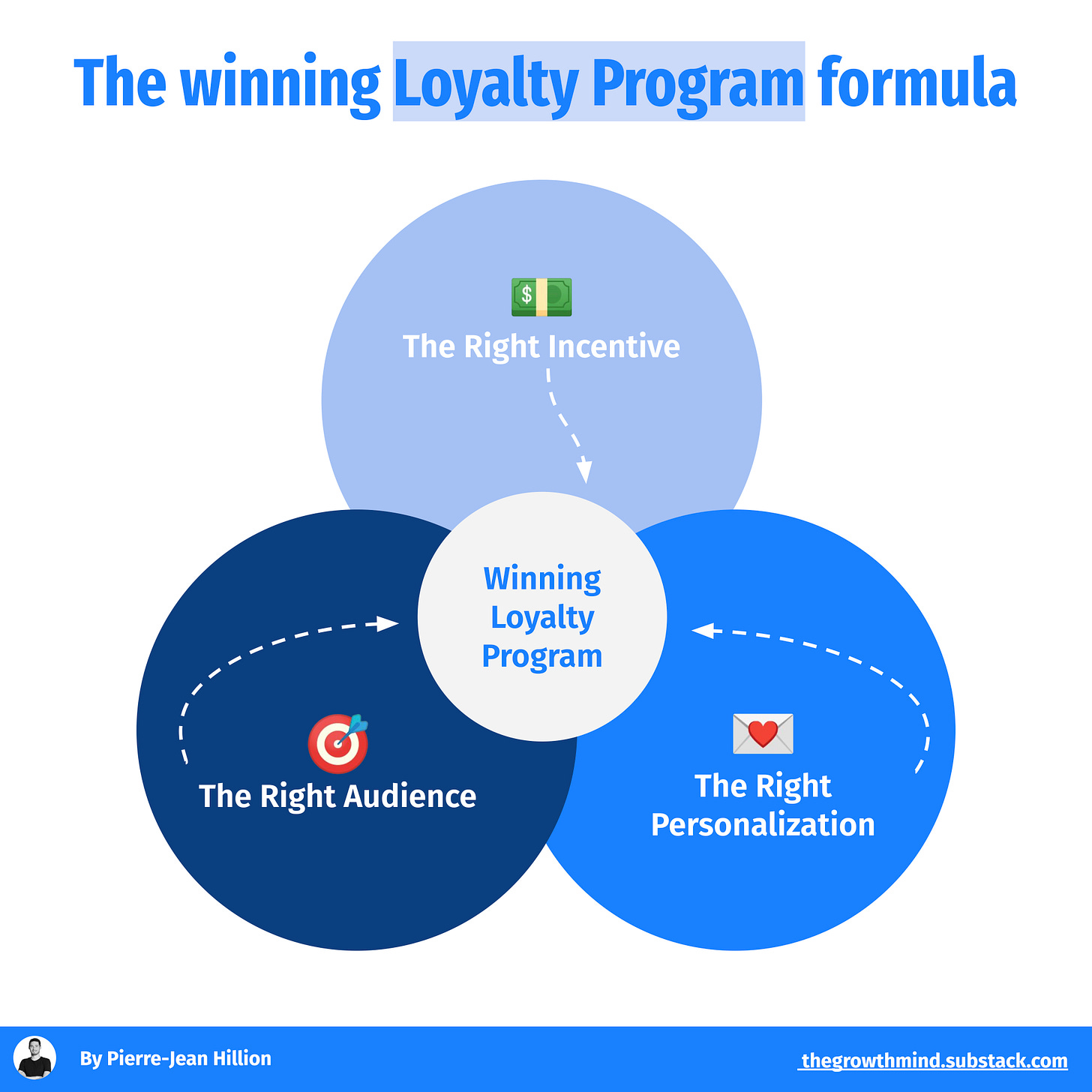
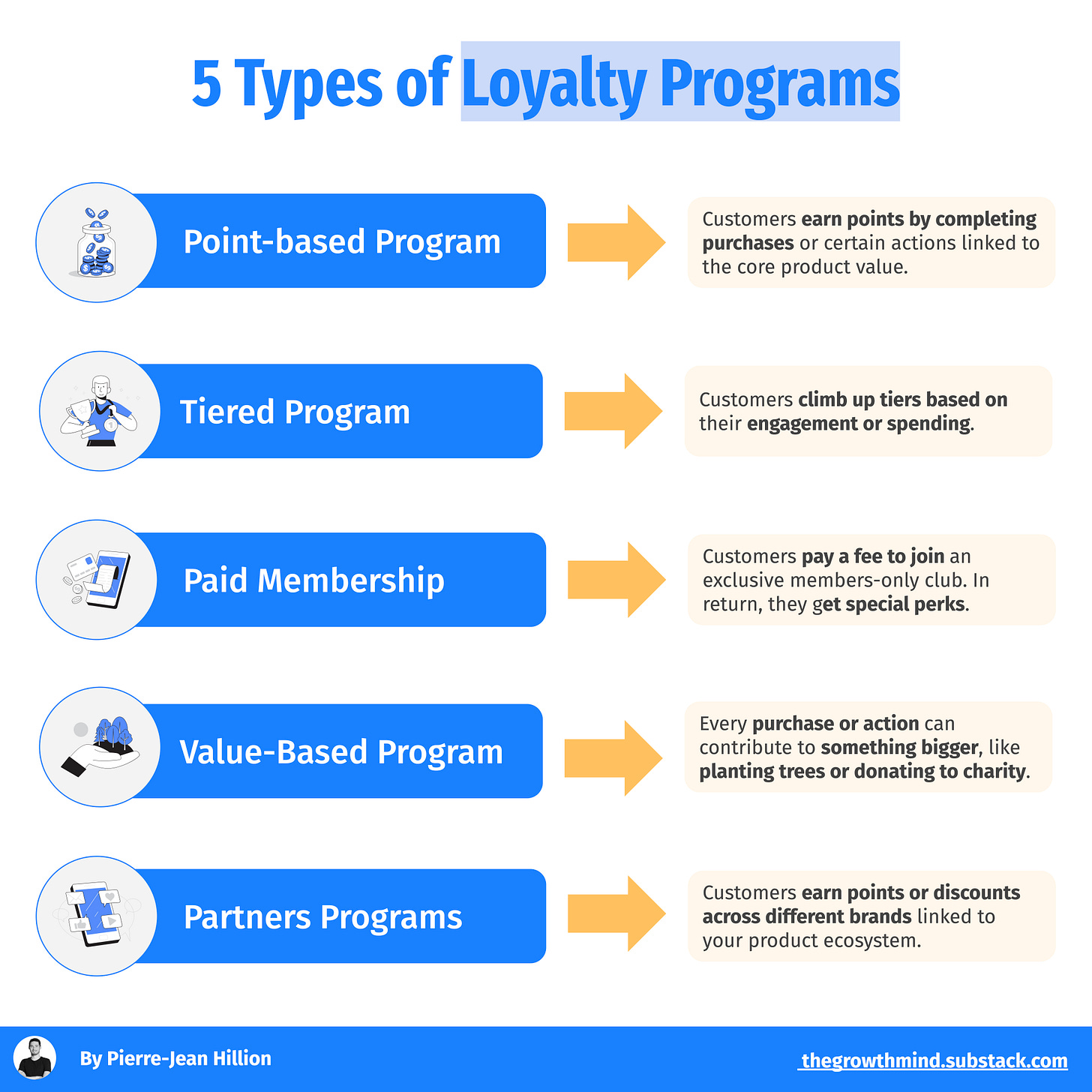
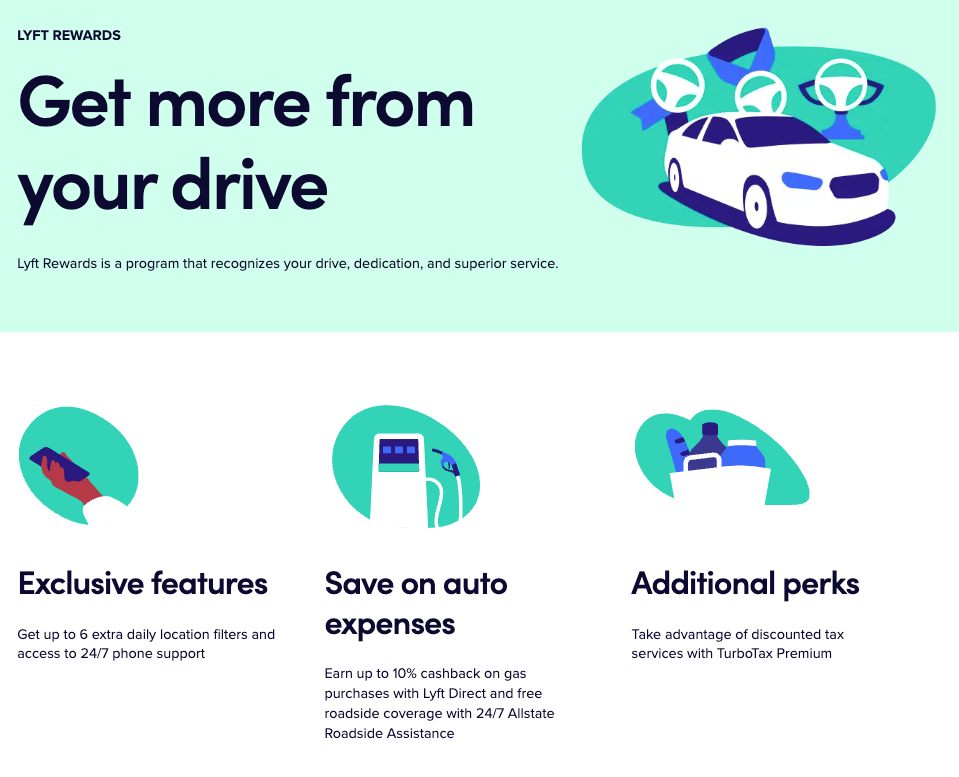
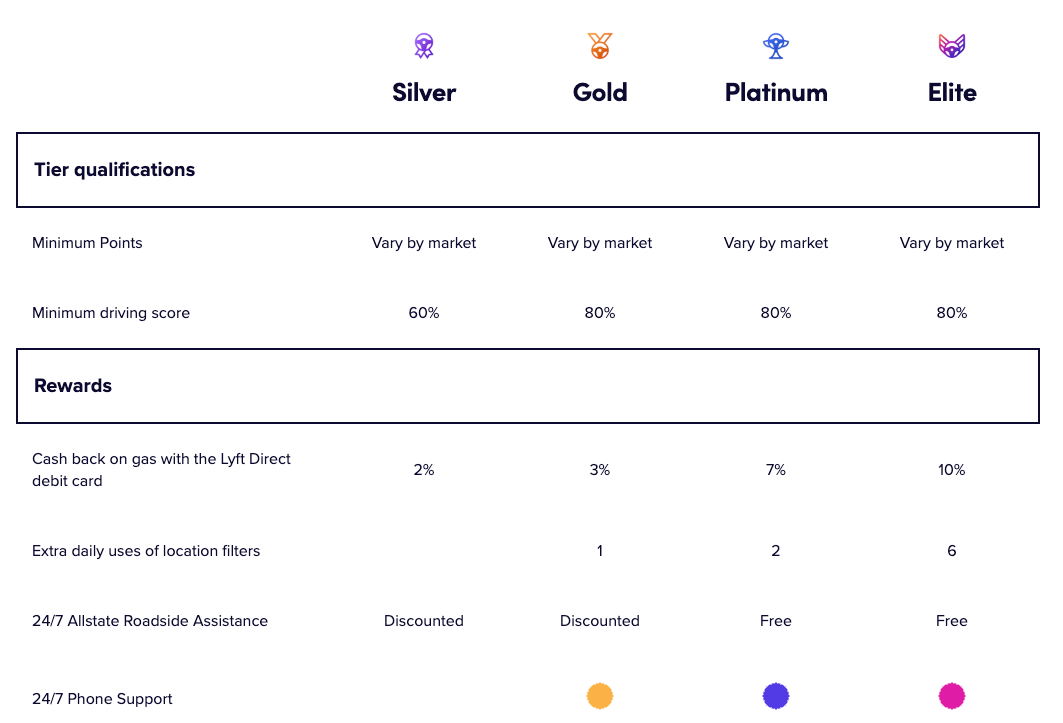
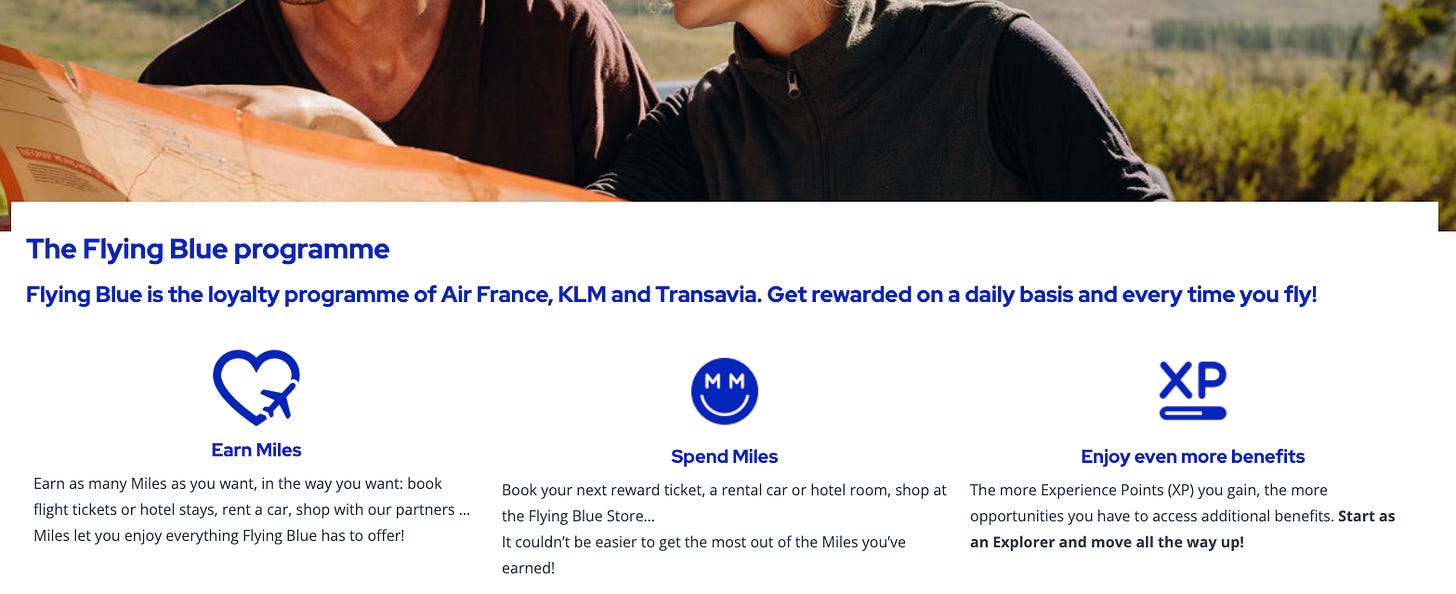
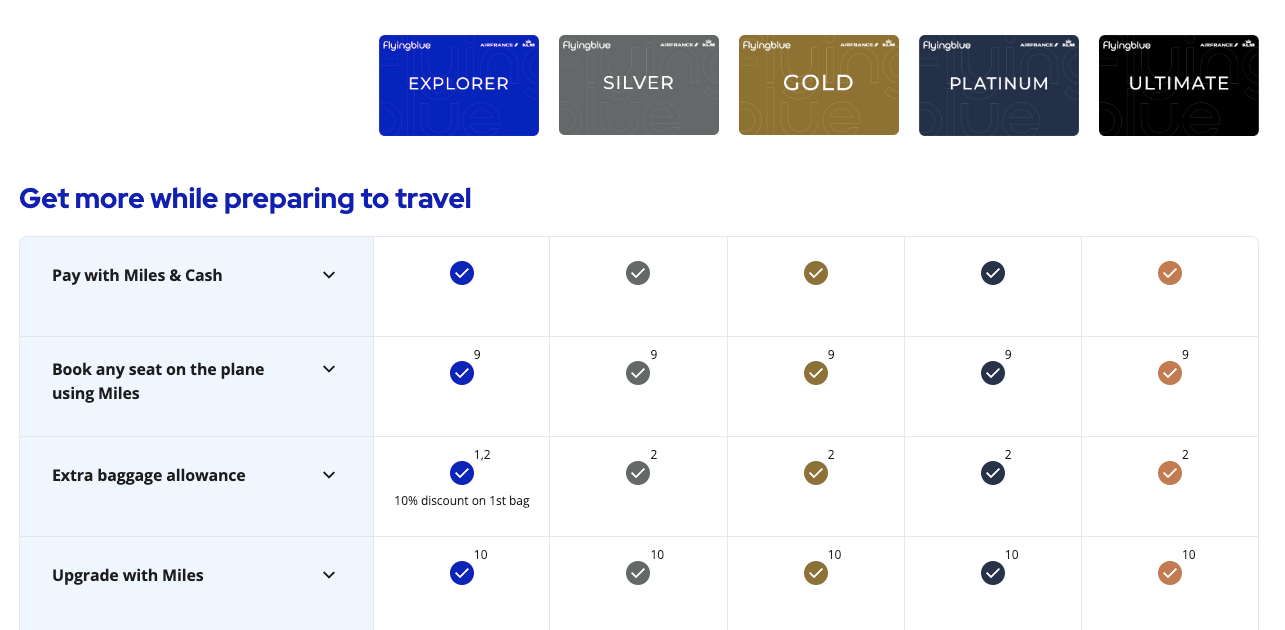
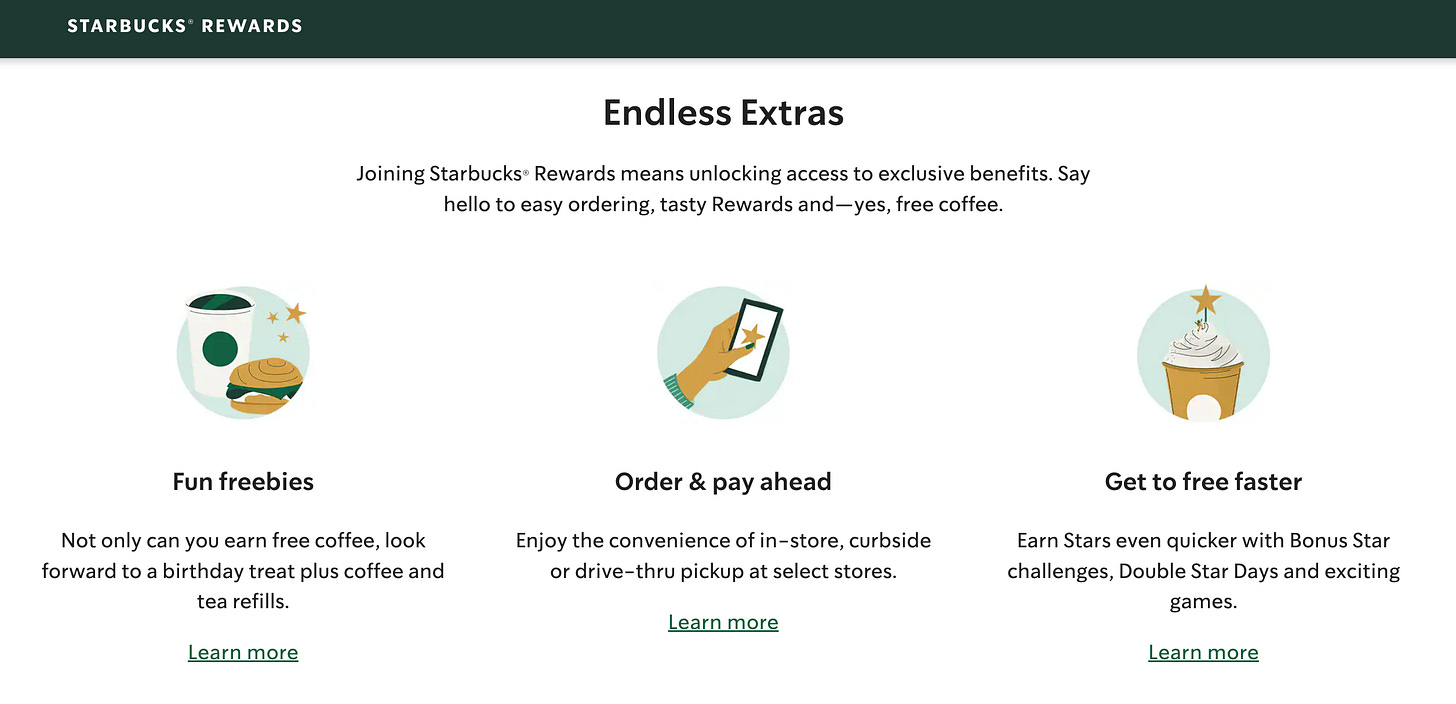
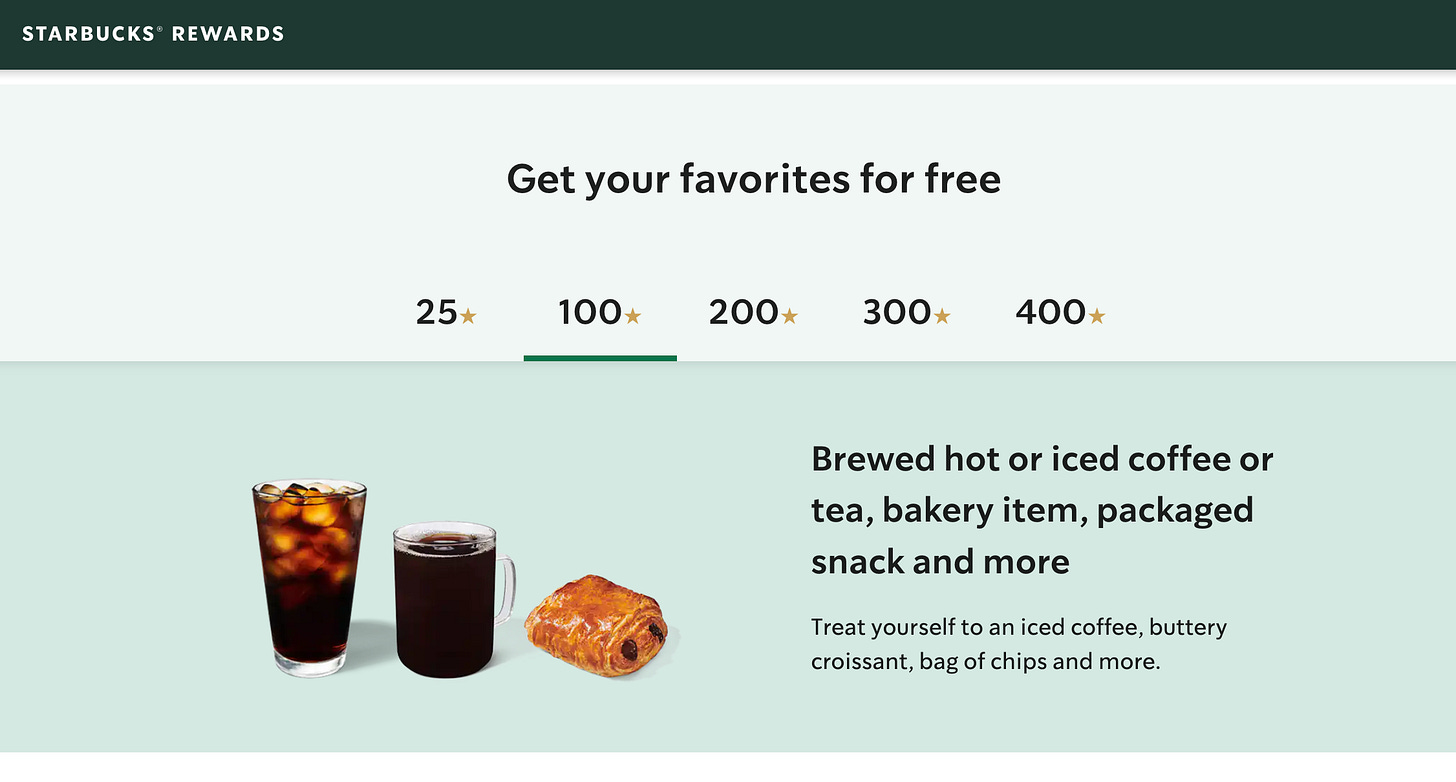
🔥